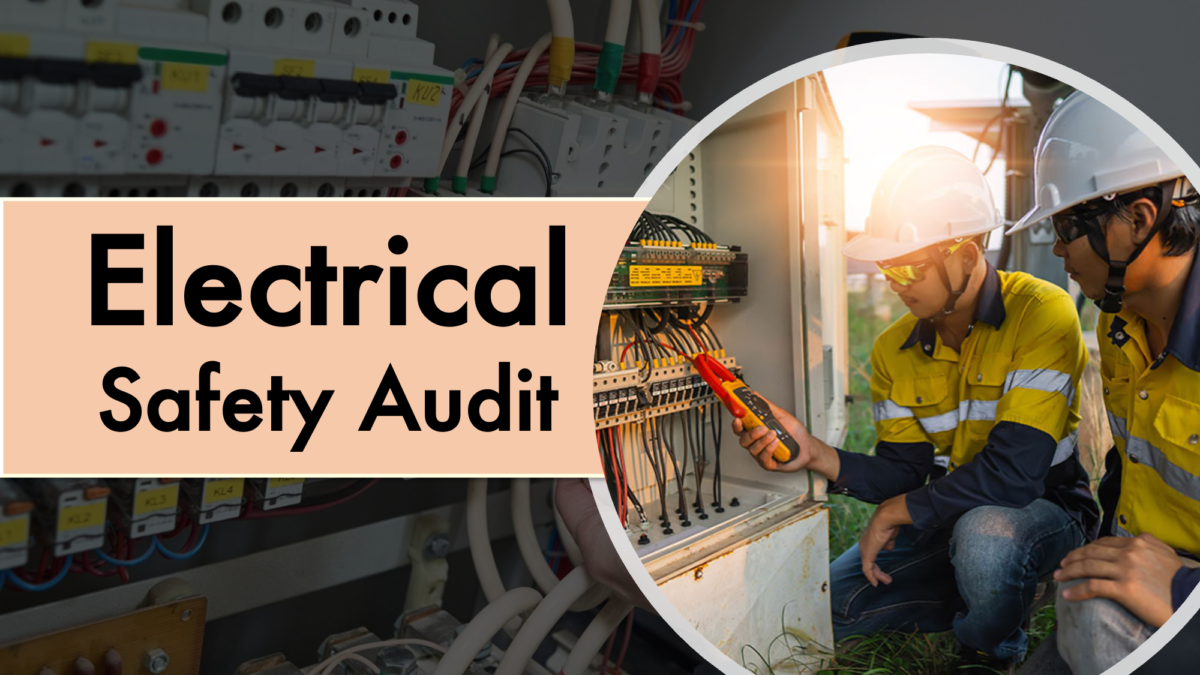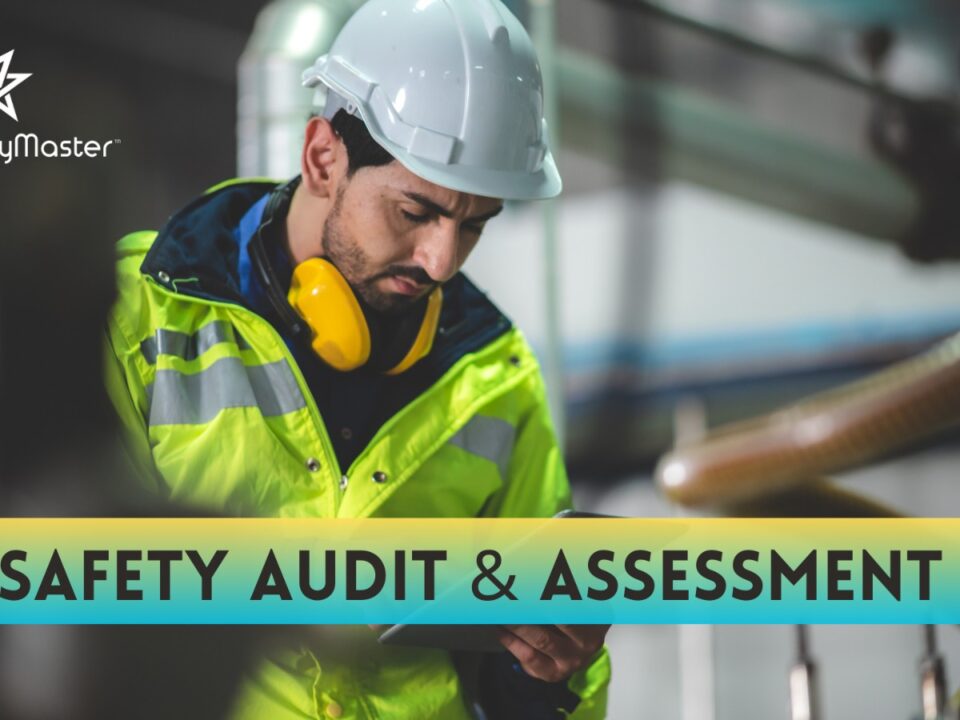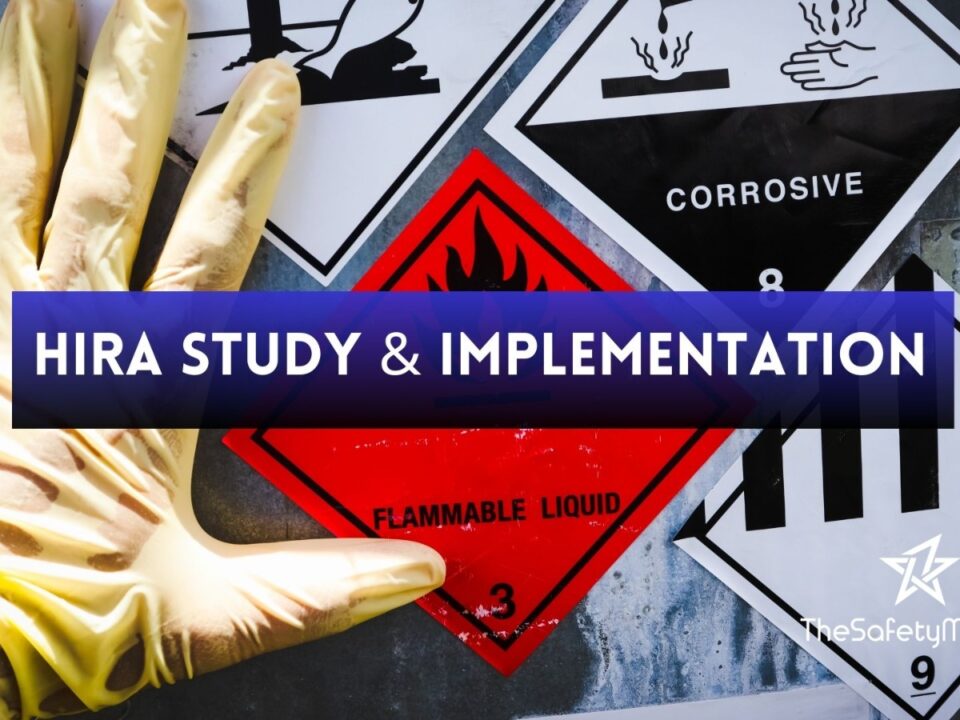Residual Life Assessment for Electrical Equipment & Fire Pump Performance Testing Services

14 Elements of Process Safety Management: A Comprehensive Guide to the PSM System
November 16, 2024
Evaluating Safety Performance: How Safety Audits Benefit Indian Industries for Sustainable Growth
November 18, 2024In today’s fast-paced industrial environments, ensuring the safety and efficiency of critical systems is paramount. Electrical equipment and fire pump systems are the backbone of safe and reliable operations. Two essential services, Residual Life Assessment (RLA) for electrical equipment and Fire Pump Performance Testing, play a vital role in maintaining these systems’ integrity and functionality.
This blog explores the importance, methodologies, and benefits of these services, highlighting how organizations can enhance safety and compliance while optimizing performance.
What is Residual Life Assessment for Electrical Equipment?
Residual Life Assessment (RLA) is a systematic process of evaluating the remaining service life of electrical equipment. It involves identifying signs of wear, degradation, and potential failure to help organizations plan timely maintenance or replacement.
Why is RLA Important for Electrical Equipment?
Electrical equipment operates under continuous stress due to factors such as load, environmental conditions, and aging. Over time, these factors contribute to wear and tear, which can lead to:
- Unscheduled downtime
- Safety hazards
- Increased maintenance costs
- Reduced system reliability
By conducting a thorough Residual Life Assessment, organizations can:
- Avoid unexpected failures
- Optimize equipment performance
- Ensure workplace safety
- Extend the lifespan of critical components
Key Steps in Residual Life Assessment
- Data Collection and Historical Analysis
- Gather operational data, maintenance logs, and design specifications to assess the equipment’s performance history.
- Visual Inspection
- Examine equipment for physical damage, corrosion, or wear.
- Diagnostic Testing
- Use advanced techniques like thermography, insulation resistance testing, and partial discharge analysis to detect hidden faults.
- Material Evaluation
- Analyze components for signs of degradation, such as cracks, erosion, or material fatigue.
- Life Estimation
- Based on collected data, experts estimate the remaining operational life and recommend actions.
Fire Pump Performance Testing Services
Fire pump systems are critical for ensuring fire safety in industrial and commercial facilities. Fire Pump Performance Testing evaluates the system’s ability to deliver water at the required pressure and flow during an emergency.
Why is Fire Pump Performance Testing Essential?
Fire pumps are often the first line of defense during fire emergencies. Regular testing ensures:
- Compliance with safety standards
- Reliable operation during emergencies
- Detection of performance issues before a failure occurs
Fire Pump Performance Testing: A Step-by-Step Guide
- Visual Inspection
- Assess the pump for physical damage, leaks, or wear.
- Operational Testing
- Run the pump under varying load conditions to evaluate performance.
- Flow and Pressure Measurement
- Measure water flow and pressure to ensure compliance with design specifications.
- System Diagnostics
- Inspect associated components like valves, piping, and electrical connections.
- Reporting and Recommendations
- Provide a detailed report with findings and corrective actions.
How Residual Life Assessment and Fire Pump Testing Enhance Safety
Mitigating Risks
Both services help identify potential failures that could compromise safety or disrupt operations. Regular assessments and testing ensure that critical systems function as expected.
Regulatory Compliance
In industries where safety regulations are stringent, services like RLA and fire pump testing ensure adherence to standards. For example, a comprehensive Fire Audit can reveal gaps in fire safety measures and guide improvements.
Cost Optimization
Timely maintenance or replacement based on RLA and testing results can save significant costs by preventing catastrophic failures and minimizing downtime.
Role of Experts in Residual Life Assessment and Fire Pump Testing
Engaging experienced professionals ensures accurate evaluations and actionable insights. Safety Consultants play a vital role in implementing these services effectively. Their expertise helps organizations:
- Conduct detailed assessments
- Recommend tailored solutions
- Enhance overall safety performance
Integrating These Services with Process Safety Management
Process Safety Management (PSM) frameworks emphasize the importance of maintaining critical systems like electrical equipment and fire pumps. Integrating RLA and performance testing within PSM ensures a proactive approach to managing industrial risks.
Advanced Techniques in Residual Life Assessment
Thermography
Thermal imaging identifies hotspots indicating potential overheating or electrical faults.
Partial Discharge Testing
This non-destructive method detects insulation deterioration in high-voltage equipment.
Ultrasound Testing
Used to locate leaks or detect internal issues in components like transformers and circuit breakers.
Standards and Guidelines for Fire Pump Performance Testing
Organizations must adhere to industry standards, such as:
- NFPA 25 (Inspection, Testing, and Maintenance of Water-Based Fire Protection Systems)
- ISO 9001 (Quality Management Systems)
Testing should be conducted annually or as specified by regulatory bodies to ensure compliance.
Challenges in Implementing RLA and Fire Pump Testing
- Limited Resources
- Small and medium-sized organizations often lack resources for regular assessments and testing.
- Aging Infrastructure
- Legacy systems may require more frequent evaluations, adding to the complexity.
- Lack of Expertise
- In-house teams may lack the skills needed for accurate diagnostics and testing.
Overcoming Challenges with The Safety Master
Organizations can overcome these challenges by partnering with experts like The Safety Master. Their services include:
- Comprehensive RLA for electrical equipment
- Advanced fire pump performance testing
- Tailored solutions for specific industry needs
Case Studies: Real-World Applications
Case Study 1: Extending Equipment Life with RLA
A manufacturing plant used RLA services to evaluate aging transformers. By identifying early signs of insulation degradation, they implemented preventive measures, extending the equipment’s life by five years.
Case Study 2: Improving Fire Safety through Performance Testing
A commercial facility conducted fire pump performance testing and identified a critical issue with water pressure. Prompt corrective actions ensured compliance and enhanced fire safety readiness.
Importance of Holistic Safety Audits
Combining RLA and fire pump testing with a Safety Audit provides a 360-degree view of an organization’s safety status. This approach helps in:
- Identifying gaps
- Prioritizing corrective actions
- Achieving continuous improvement
Conclusion
Residual Life Assessment for electrical equipment and Fire Pump Performance Testing are indispensable services for maintaining operational safety and compliance. By adopting these proactive measures, organizations can safeguard their assets, employees, and reputation.
Partnering with experts like The Safety Master ensures access to state-of-the-art techniques and industry best practices. Whether through an in-depth Hazop Study or tailored consultancy services, their expertise helps organizations navigate complex safety challenges effectively. Embrace these services today to build a resilient and secure operational framework.



